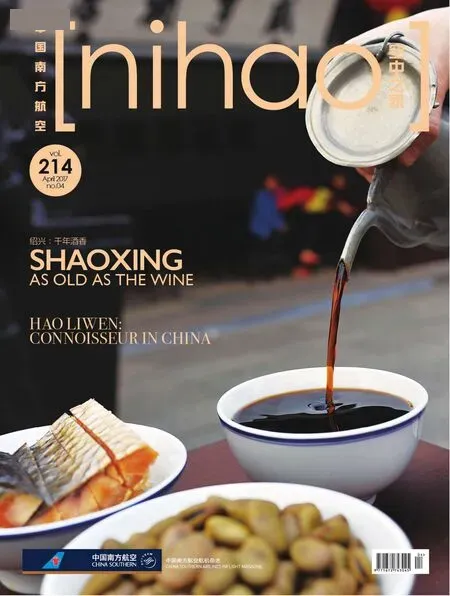BUILD THEN SHOOT
BUILD THEN SHOOT
“Music is liquid architecture; Architecture is frozen music.” - Johann Wolfgang von Goethe
Architects tend to make good travellers – their professional background enables them to appreciate the “frozen music of structures” better.
Among a lot of them, there are the ones that can take brilliant photos, which are infused with their thorough understanding of the concretes and steel bars.
Interview and Translation by Madeline Weng Photos by Ozzie Au, Chen He, Leo Wu, He Hongcai
Long Museum West Bund, Shanghai
The photo was taken on a closed Monday in May, when there was scarcely any passer-by. The monochrome architecture stood lonely by the side of Huangpu River, like a concrete snake slowly crawling around the wasted discharge bridge. Seen from the inside, the museum looks like an empty grey tube stretching into infinity.
五月里的一个阴天,上海的龙美术馆西岸馆恰逢周一闭馆,人迹稀少;它寂寥地伫立在黄浦江边,素色的混凝土以蜿蜒的姿势包裹着卸载桥,形成无限延伸的空洞。
(Photo by Ozzie Au)
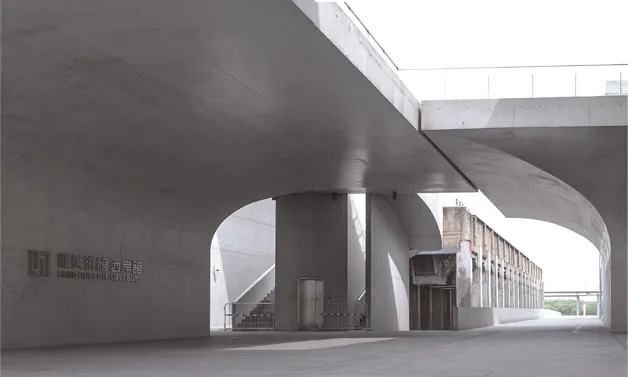
“音乐是流动的建筑,建筑是凝固的音乐”。——德国诗人歌德
建筑师都是旅行家
不是摄影师的建筑师不是好的旅行家——在按下快门的那一刻,建筑师将他们对“凝固乐章”的理解融入钢筋与混凝土之中,由镜头来诠释这场化合反应。
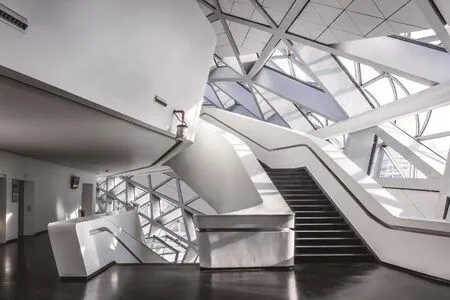
Guangzhou Opera House, Guangdong广州大剧院
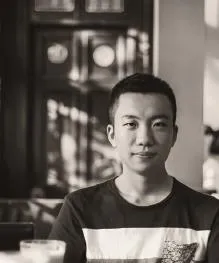
Ozzie Au
Architect @Shenzhen
AN OUTBURST OF EMOTIONS
主观感知的自由抒发
Nihao: How do you appreciate a modern building?
A: When I stand in front of a building, I appreciate the emotions it casts on me.
I observe not only its genres and materials, but also the surrounding environment. In the photos that I take, I blend in not only the weather and light, but also my mood at that instant.
For visitors that have no theoretical background, it helps to do some research before going to see a famous building.
Every building is like a book with its ups and downs. Inside a construction, space and arrangements change from room to room. The moment you feel touched by it, the moment you should pick up the camera – and that photo is a “book review” written by you.
Nihao:你如何欣赏建筑
A:观赏建筑的时候,我重视建筑带给我的片刻感受;建筑摄影不局限于体现它的风格流派,还应融入当时的天气、建筑场所和个人心情等因素。每个空间、表皮的质感、场所的氛围营造以及光与影的对话、人与场所的互动,都会给你带来不同的感受。对于没有建筑理论背景的游客来说,事先做一些参观建筑背景的功课会有一定帮助的。
每当我走进一个建筑,我便把它当作一本书认真地阅读。就像故事情节的跌宕起伏一样,建筑也有空间的收与放,时而幽径时而空旷;有的形态庄严简约,而有的活泼丰富,充满力量感与轻盈感。当你的心受到触动,按下快门,照片就成了你的观后感。
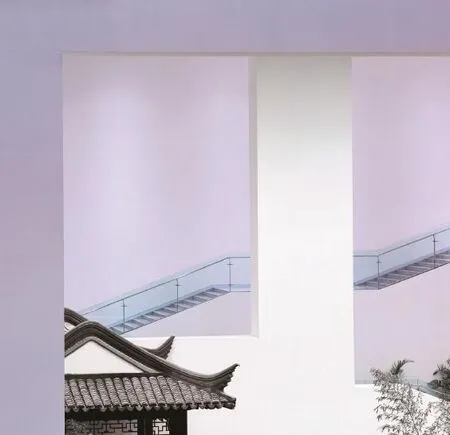
Interior of The Museum of Chinese Gardens and Landscape Architecture, Beijing中国园林博物馆室内
AN ACCURATE WITNESS
设计意图的准确表达

Chen He
Architecture photographer @Beijing
Nihao: What are the main features of architectural photography?
C: Architectural photographs are usually taken to professionally demonstratea designer's intentions, as well as the architectural space, its materials and macro-environment, e.g. the city and landscape. Architectural photography is also used for ancient architecture measurement and the reservation of historical materials.
This kind of photography mainly uses tilt-shift lenses, which are able to eliminate perspective distortion. Personally, I use a tripod for every photo when I shoot architecture. This is to avoid unwanted trembling that may affect the result. Apart from that, I like to use small aperture to ensure the depth of fleld.
Nihao:建筑摄影和其他类型的摄影有什么主要区别?
C:建筑摄影是通过摄影艺术来表达建筑师的设计意图、建筑空间、建筑材料及建筑在“大环境”(如城市、景观等)里的关系的专业摄影表达,除此之外也会用于古建筑测绘和资料留存。建筑的拍摄多会用到移轴镜头,这种镜头主要是用来消除透视变形。我对自己拍摄的要求是每张照片都要用三角架,主要是避免不必要的颤动对照片的影响。镜头尽量用小光圈来确保景深。
A FUSION OF OLD & NEW
新与旧的巧妙融合
Nihao: As a Chinese architect working in Milan, how do you flnd its modern buildings? What about Chinese new buildings in comparison?
W: Most of the modern buildings in Europe are located in Germany, Netherland and Northern Europe. As a country that enjoys a long and glorious history, Italy doesn't have as many modern buildings as its carefully preserved old ones. Unlike in China, we seem to take pride in having more tall buildings. Modern architectures in Milan try their best to blend in the original environment, instead of trying to stun people with an unconventional look. Their strategies are to maintain the dimension of the local buildings while fusing in modern elements like glazed façades and rolled shading panels. It's a pity that in China, a lot of our modern buildings don't seem to take consideration of their surroundings. Take Guangzhou Opera House by Zaha Hadid for example, this supposedly fluid-looking building seems more like it is stuck among its surrounding mansions – that's just what I personally thought when I flrst saw it.

Basel-Vitra Campus, Switzerland瑞士巴塞尔
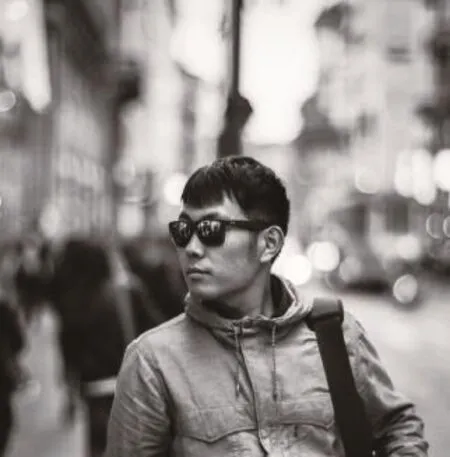
Leo Wu
Architect @Milan
“Architecture's greatest value in the future might not even be architecture.”
- Rem Koolhaas
Nihao: How do you appreciate modern architecture?
W: When I look at a new building, I analyze its usage of space, including its light and gray space; secondly, I like to see if there is any technical outbreak such as double-skin façade and green roof; last but not least, its overall shape. Aesthetics vary from eye to eye, some like neat and square shaped façade like some of Koolhaas's masterpieces, while some others prefer Zaha Hadid's almost “unbuildable” designs. To me, all buildings of aesthetic value deserve a good time of appreciation.
Nihao: 对比米兰的现代建筑,你怎么看中国当下的现代建筑?
W: 欧洲的现代建筑主要集中在德国、荷兰和北欧,而意大利作为欧洲古建筑比较多的国家,其现代建筑实际上并不多,跟高楼林立的中国大都市比起来显得更少。我认为米兰的现代建筑更重视融入周边古建筑的环境。它们在外形上不求标新立异,而是在展现出新、古建筑反差美的同时让整体视觉效果看起来和谐。遗憾的是,国内目前的很多建筑并没有很好地考虑到周围环境。例如被四周的大厦环住的扎哈的广州大剧院,在周遭环境里显出突兀感。再比如她在北京的Soho系列,一步步将内部空间妥协了,牺牲了原本与外部配套的的流动感,只留下了酷炫的外表,这在我看来是非常可惜的。
Nihao:你欣赏建筑时的角度是怎样的?
W:我比较看重这三点:一.设计上对空间的使用,包括流线设计、光和灰空间的使用。二.结构和技术上的创新,包括大跨度、新结构、双层立面、绿色屋顶等。三.造型美学,即外观造型的审美价值。造型美学的欣赏因人而异,有人喜欢规整四方的玻璃幕墙的立面,比如德梅隆的很多作品;也有人喜欢扎哈那种具有流线型的、形状各异的建筑。而我认为,只要有美学价值的都值得欣赏。
A Tell-Tale Shutter
城市气质的真实记录
Architectural photography is a loyal record of a city, since every construction has a story to tell.
每一处空间都诉说着一段故事,这些故事交织起来就构成了生活。
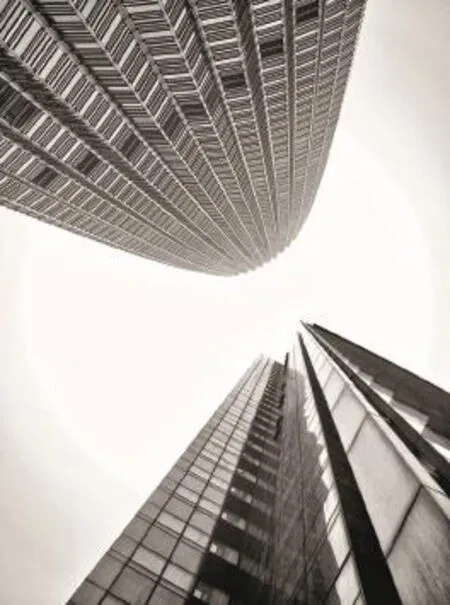
He Hongcai
Founder of ShuShe Architecture @Beijing
Nihao: What are your suggestions for architectural photographers?
H: A building is a piece of art, which is best presented in some certain angles. The façade of a building usually abides by the logics of geometry, which tells the photographers exactly where the most unique viewing angle is. My basic requirement for the photographers who take photos of my work is that he/she should shoot a series of photos of the same space for various periods of time in a day. Only in this way is he/she able to grasp and then demonstrate the expressive force that different light has on the architectural space.
Nihao: How can visitors take good photos of architecture?
H: The beauty of architectural photography lies in the photographer's sensitive comprehension of the relationship between the building, the city and even its people. I suggest readers start by observing their very own living space, and make comparisons of how the buildings and roads change day-by-day. Dare to raise the camera in your hand and keep record of the beautiful angles of a building or a city– by doing this, you record not merely the beauty of mathematics, but your life too.
Nihao:你对拍摄自己建筑作品的摄影师的要求有哪些?
H:建筑作为一种艺术作品,需要沿着设计师的匠心寻找特定的拍摄角度。建筑的造型往往会遵循严谨的几何秩序,而这种逻辑也正为摄影师提供了独到的视角与和谐的构图。我对摄影师的基本要求是能够侧重光线对于建筑空间的表现力,为同一处建筑空间在多个时间段进行拍摄。
Nihao:普通游客如何拍摄建筑?
H:建筑摄影的精妙之处正在于用镜头表现城市、建筑和人的精神气质。我建议读者开始有意识地关注身边的生活空间,观察和对比周边每一栋楼、每一条路、每一个街区的变迁,捕捉生活场景中的微妙视角,用照片记录建筑和城市,这同时也是记录生活的方式。

